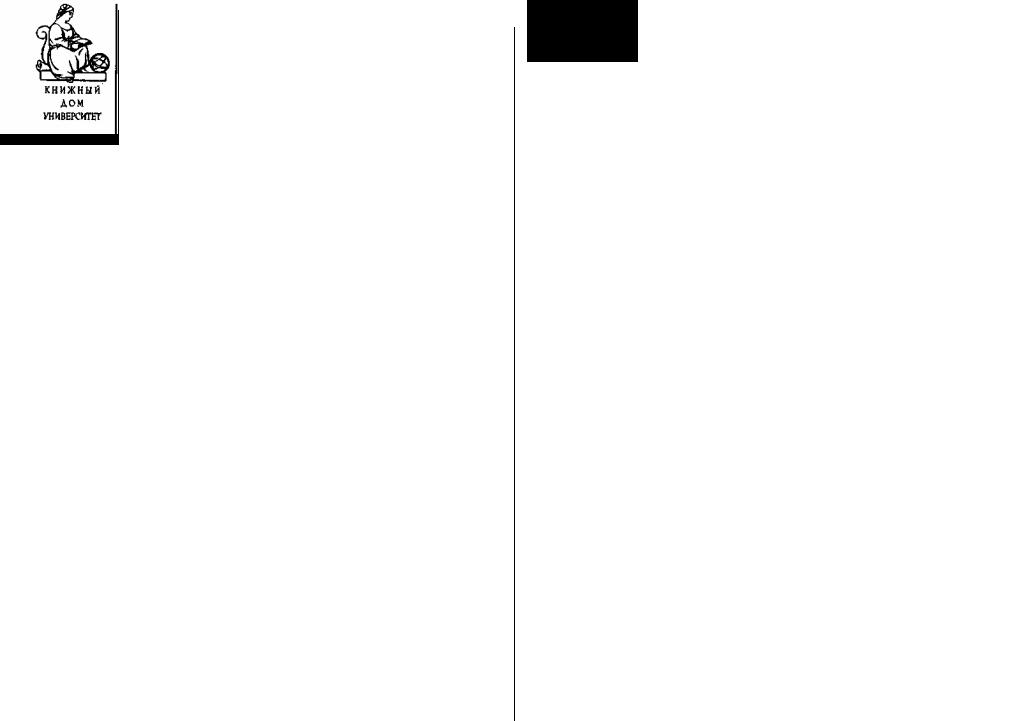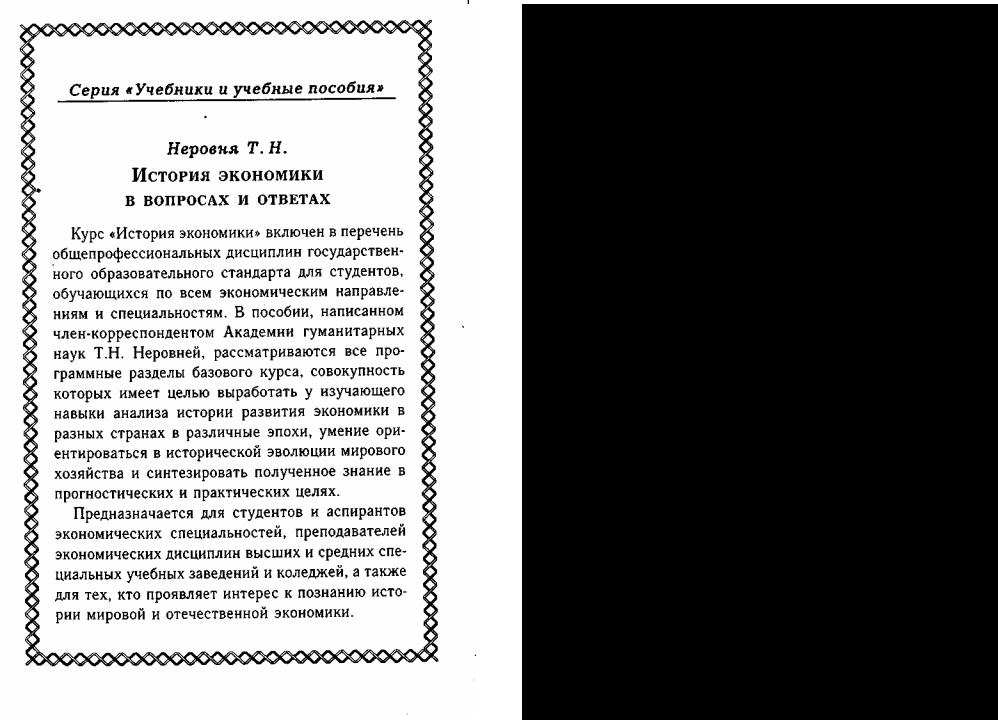
гордон Крылова Граммматика
.pdf

Учебное издание
Инна Павловна Крылова Елена Михайловна Гордон
ГРАММАТИКА СОВРЕМЕННОГО АНГЛИЙСКОГО ЯЗЫКА
Учебник
Редактор Кравцова Л. И. Корректор
Комарова Е. Б.
Компьютерная верстка Киреев В. А., Билак О. М. Художник
Ефремов П. П.
*
ЛР № 065329 от 06.08.97
Сдано в набор 12.12.98. Подписано в печать 15.05.99.
Формат 60х88'/16. Гарнитура «SchoolBookCTT».
Бумага офсетная. Печать офсетная. Объем 28 усл. печ. л. Тираж 10 000 экз. Заказ N» 173.
ООО «Книжный дом «Университет», 117234, Москва, Воробьевы горы, ГЗ МГУ, Сектор Д, комн. 4.
Тел.: (095) 939-45-81, тел./факс: (095) 938-21-84,
«ФЕНИКС», 344007, г. Ростов на Дону, <
пер. Соборный, 17. Факс: (8632) 62-218-11.
Отпечатано с готовых диапозитивов на полиграфическом предприятии «Офсет»
400001, Волгоград, ул. КИМ.С
!,
